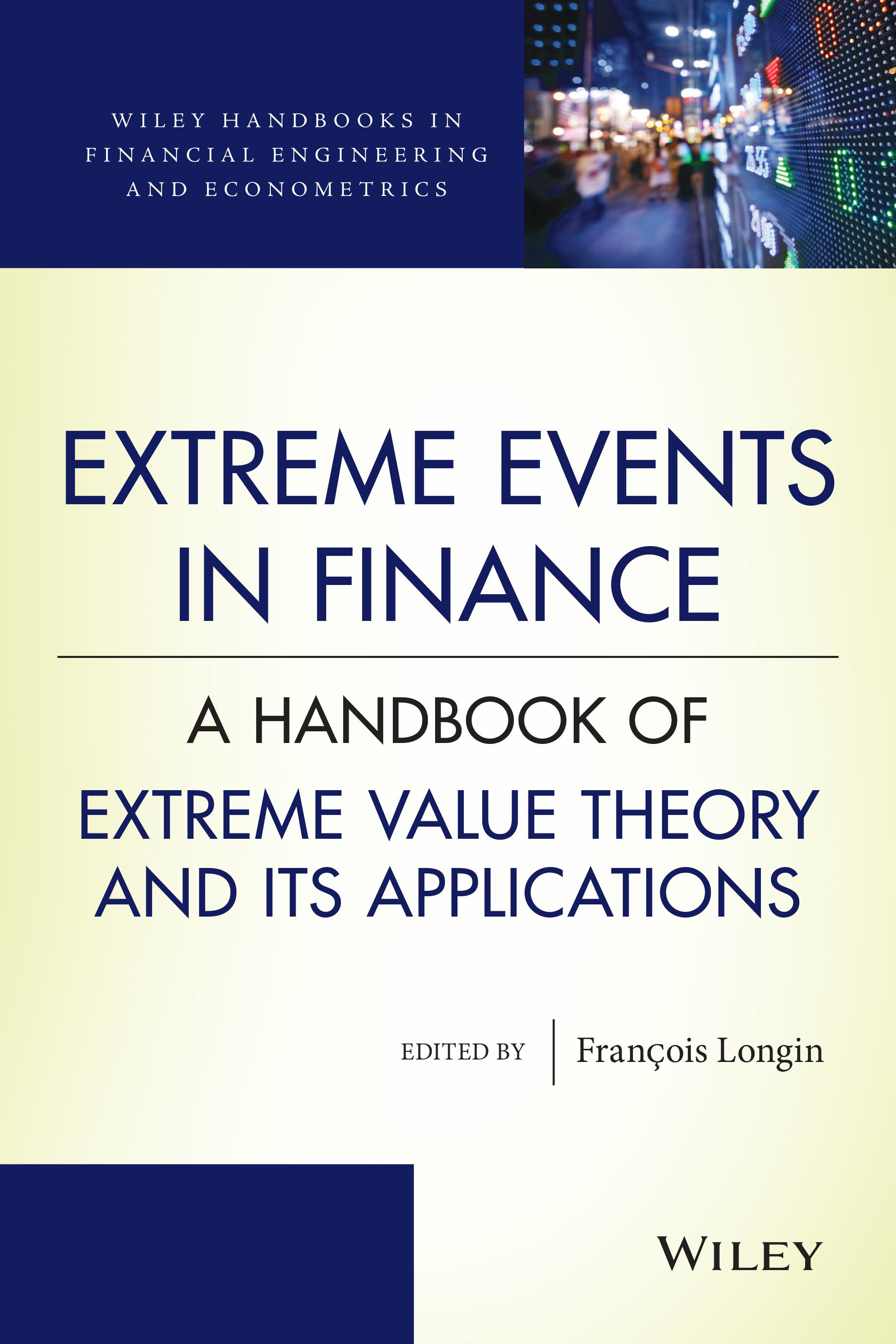Extreme values statistics for Markov chains
|
||
|
From Harris Markov chains to i.i.d blocks We review several statistical methods, specifically tailored for Regenerative Markov processes with a view towards their extremal behavior. Harris Markov chains may be decomposed into independent regeneration cycles, between consecutive regeneration times at which the chain forgets its past. We may then apply standard tools from the theory of extreme values in the independent identically distributed setting (i.i.d) to these blocks. Tail and extremal index based on approxamtively independant cycles Working on this approach, the methodology proposed in this chapter boils down to split up the observed sample path into regeneration data blocks or into data blocks drawn from a distribution approximating the regeneration cycle’s distribution, in the general case when regeneration times cannot be observed. Then, the analysis boils down to examining the sequence of maxima over the resulting data segments, as if they were i.i.d. We focus on the estimation of the extremal dependence index and the tail index. The results are illustrated on examples from finance and insurance. A constructive and powerful tool The regenerative approach is a very powerful approach which has received attention from the probabilistic point of view but not enough in statistics. The constructive approach that we propose may be applied to a lot of situations and leads to natural estimators of very complicated parameters. Related contributions |
||

|

|
Patrice BertailUniversity of Paris-Ouest Nanterre La Défense |
|
Stéphan ClémençonTelecom ParisTech |
|
Charles TillierUniversity of Paris-Ouest Nanterre La Défense |
|



